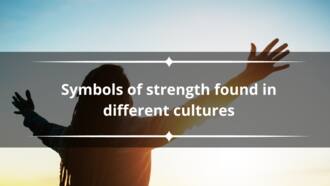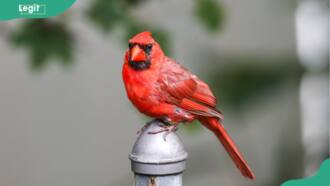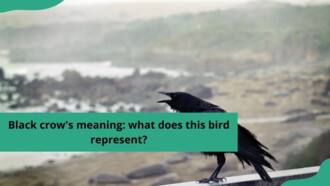Koi fish meaning: what are they meant to represent?
Koi fish is an omnivorous fish widely kept for ornamental purposes because of their vibrant colours, distinctive patterns, and unique characteristics. Besides being highly prized for aesthetic appeal, Koi fish are also known to have plenty of art and symbolism linked to them. If you are curious about koi fish meaning in various cultures, you are in the right place.
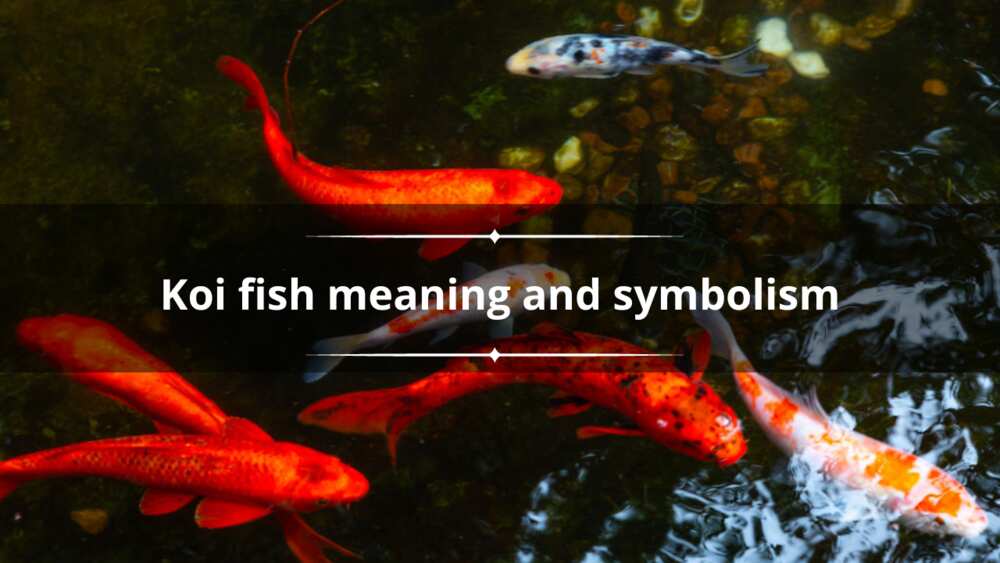
Source: Getty Images
Koi fish imagery is prevalent in Asian culture and is attributed to various symbolic meanings. In Japan, the fish is widely known as Nishikigoi or carp. In Japan, the fish is believed to date back to the early 19th century, when wild, colourful carp were caught, kept and bred by rice farmers. Read on to learn all about Koi fish symbolism, spiritual meaning and characteristics.
Koi fish meaning
What does a Koi fish symbolise? In general, it can symbolise good fortune, success, prosperity, longevity, courage and perseverance. Many people attribute Koi fish to several lessons and trials they encounter in life. Before delving deeper into the Koi fish meanings and symbolism, what is the history of this vibrant animal and what makes it unique?
Koi fish history
Koi fish trace their origins back to China, where the selective breeding of these ornamental carp first began. The fish was initially bred as a food source, but the gradual emergence of vibrant colours and unique patterns led to the cultivation of carp for ornamental purposes. During the Edo period in Japan, Koi-keeping became a symbol of status and wealth.
The Japanese observe the unique behaviours of Koi, particularly their ability to swim upstream against strong currents, which contributed to the association of Koi with qualities like perseverance and determination. It was in the 20th century that carp were introduced to the Western world and later spread across Europe and the United States.
Koi fish meaning (spiritual)
The spiritual meaning of Koi fish is deeply rooted in Japanese and Chinese cultures. Explore the Koi fish symbolism:
1. Transformation and perseverance
The Koi fish is regarded as a symbol of transformation and perseverance because of their ability to swim upstream against ferocious currents. That is why this fish is associated with personal growth and the ability to navigate various life challenges.
For instance, there is a famous Chinese legend about a group of koi fish that swim upstream in the Yellow River. They persevered over the strong currents as they swam upstream and finally transformed into dragons after crossing the Dragon's Gate. This metaphor is used for people who overcome obstacles to achieve their goals.

Source: Getty Images
Japanese people liken the Koi fish to samurai warriors. This is because the fish face adversity while migrating upstream, similar to how samurai warriors face challenges beyond their control. Another similar trait between the two is how the Japanese warriors would accept death before dishonour, and the carp are also known to stay still when they get caught.
2. Good luck and prosperity
The word "Koi" in Chinese can mean both abundance and wealth. It also symbolises success and prosperity in life. This mainly applies to white carp with red or orange patches (Kohaku).
3. Spiritual transformation
Many people believe that Koi is a representation of spiritual transformation and enlightenment. The journey of the carp swimming upstream is likened to the spiritual journey of individuals striving for higher consciousness and self-realisation.
4. Harmony with nature
This vibrant animal holds deep symbolic meaning in Asian cultures, particularly regarding harmony with nature. Koi’s ability to thrive naturally in various water environments makes it flexible and attuned to the natural world's ever-changing rhythms. This characteristic is essential in appreciating and understanding the interconnectedness of all things in nature.
Additionally, keeping carp in a pond is believed to create a harmonious environment that connects people with nature. Caring for the carp fosters a spiritual connection with the natural world.
5. Feng Shui significance
In Feng Shui, the ancient Chinese people considered Koi to be powerful symbols of positive energy flow, known as "chi." Placing carp ponds in gardens or homes contributes to positive energy flow and balance, enhancing a space's overall energy (chi).
6. Symbol of beauty in art
The beautiful scales and vibrant colours make it a popular subject in Japanese art. Artists often incorporate them into paintings, sculptures, and decorative objects to evoke positive energy and attract prosperity.
Koi fish meaning (love)
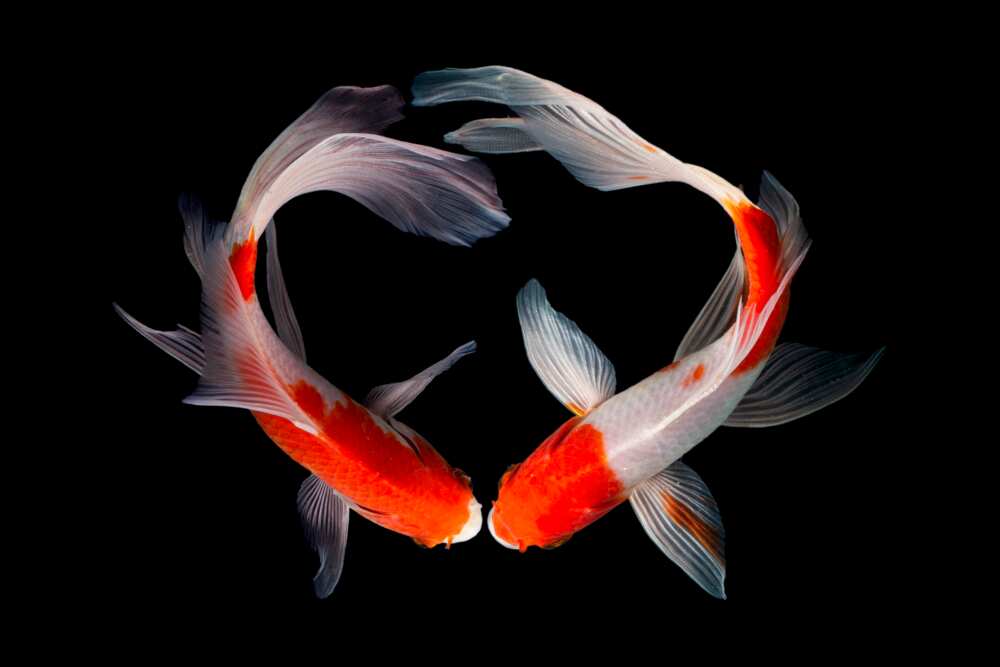
Source: Getty Images
The fish’s graceful movements and vibrant colours hold a deep and beautiful connection to the symbol of love in various cultures. Since the fish are known for their social nature and tendency to stay in groups, they symbolise the unwavering support and trust that strengthen the bonds of love.
In addition, two Koi swimming together are often associated with themes of love and romance. The Kuchibeni (white and red Koi with red colouring around its mouth) symbolise love and long-lasting relationships.
Two Koi fish meaning
The symbolism of two koi fish swimming together goes beyond mere companionship. Some of the interpretations of two Koi fish are explored below:
1. Yin and Yang
Yin and Yang is a fundamental principle from Chinese philosophy reflecting two Koi swimming together. The duo is frequently depicted intertwined, and one might be black and the other white or have contrasting patterns. These patterns signify balance and harmony, illustrating how opposing forces can coexist and create a unified whole.
2. Unity
Two Koi swimming side by side symbolise unity and harmony. Their synchronised movements unveil a connection between the duo, emphasising the importance of cooperation and mutual understanding. The carp unlock their potential and reach new heights by supporting and challenging each other.
3. Mutual support
The act of two Koi swimming together signifies a commitment to facing challenges as a team. It supports the idea that shared efforts and cooperation can lead to a more fulfilling and successful journey.
4. Fertility and family
Many cultures consider the two Koi as a symbol of fertility and family. This is mainly because the fish species lay many eggs at a time. In Japan, carps are gifted to couples to wish them blessings with children and a flourishing household.
Koi fish colour meaning
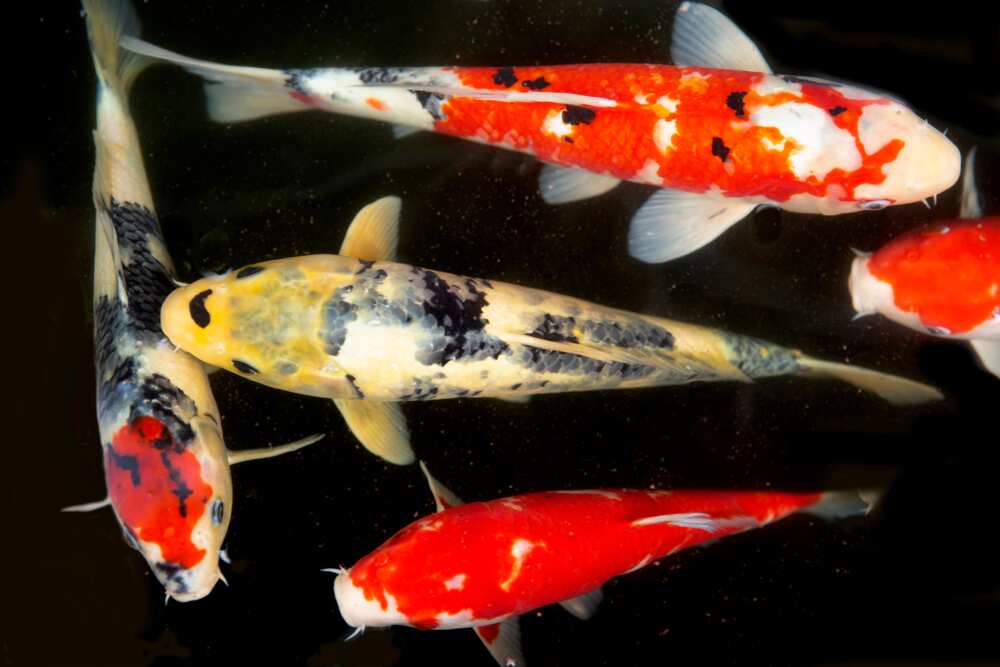
Source: Getty Images
Below are some of the most popular Koi fish colours and their meanings:
- Red: Love, passion, and vitality.
- Gold (sometimes with tiny red spots and white-tipped fins): Abundance, prosperity, and success. This is called Yamabuki in Japanese.
- White (with red or orange patches): Purity, peace, prosperity and harmony. The fish species is called Kohaku in Japanese.
- Blue: Tranquillity, serenity, and wisdom.
- White with black spots/all-black: Called Kumonryu, it symbolises strength, determination, transformation and overcoming adversity.
- Solid silver: Called Ogon, it symbolises success in business and wealth.
- Pale blue with white reticulation: Called Asagi, represents strength and prosperity. Asagi can also have white heads, fins, and tails with red or orange spots.
Koi fish facts
Here are some facts about this vibrant fish species:
- Koi fish can live for 40 years or longer in domestic ponds. However, their average wild lifetime ranges from 15 to 20 years.
- They are brilliant and can even learn to recognise their owners and come to the surface to be fed.
- The oldest Koi fish, Hanako, was around 226 years old.
- A female lays up to 50,000 eggs in a single breeding season. Generally, larger females lay more eggs, up to 100,000.
- There are over 100 species of Koi.
- This species is known for their tough and hardy body.
Interpreting various Koi fish meanings and their symbolism should now be a breeze. Koi's history is a tale of aesthetic appreciation and a narrative of cultural exchange across multiple societies.
Legit.ng recently published an exciting post about the meaning of a sneaky link. Nowadays, new terms are introduced on social media, and knowing their meanings can be challenging to understand. The phrase gained prominence after being used in the song Sneaky Link 2.0 by American artist Hxllywood featuring Soulja Boy and Kayla Nicole in 2021.
The phrase can be used to refer to someone you secretly see or hooking up with and do not want other people to know. Are there different variations in the meaning of the social media term? Find out the phrase’s meaning and where it originated.
Source: Legit.ng


